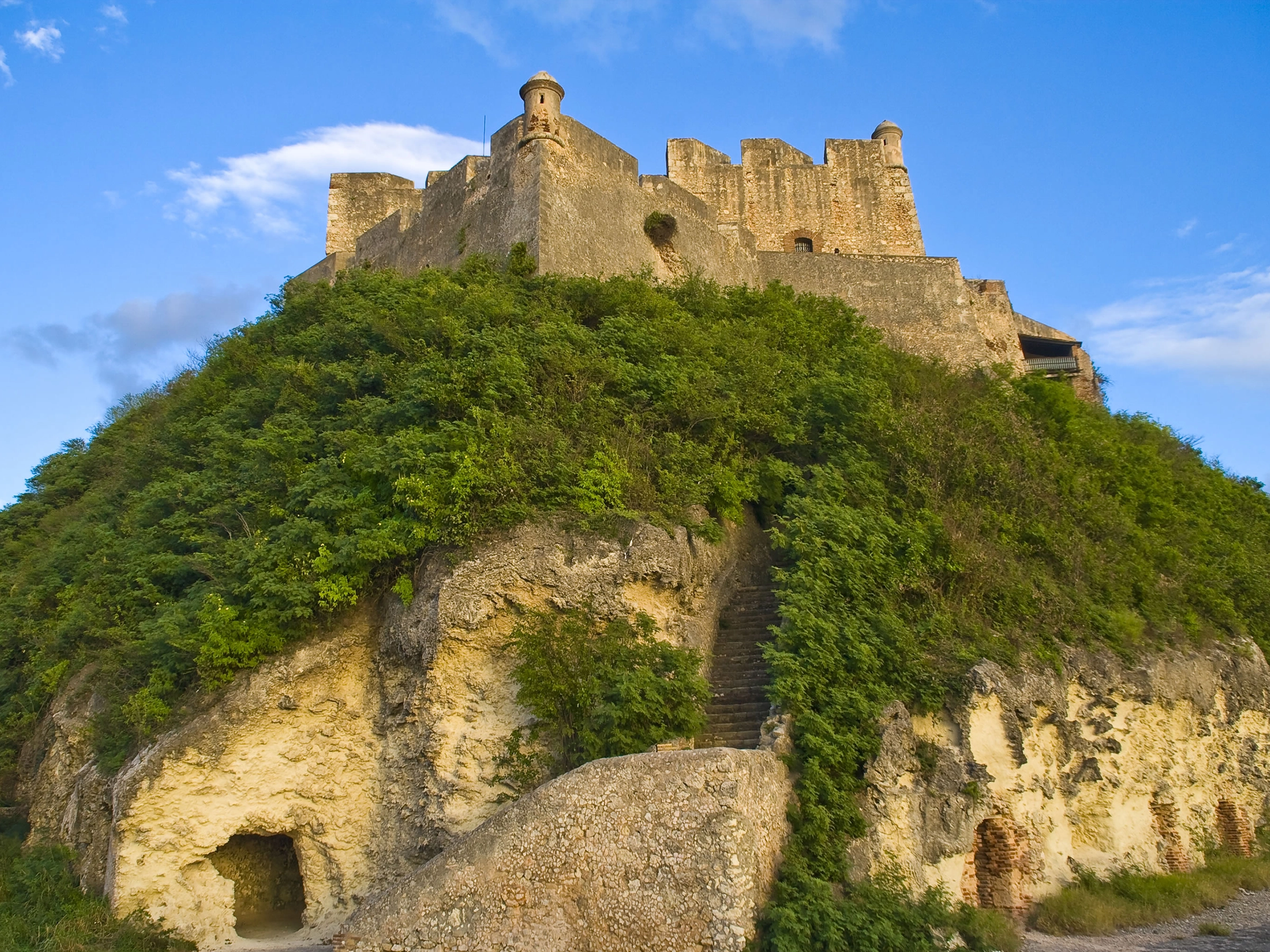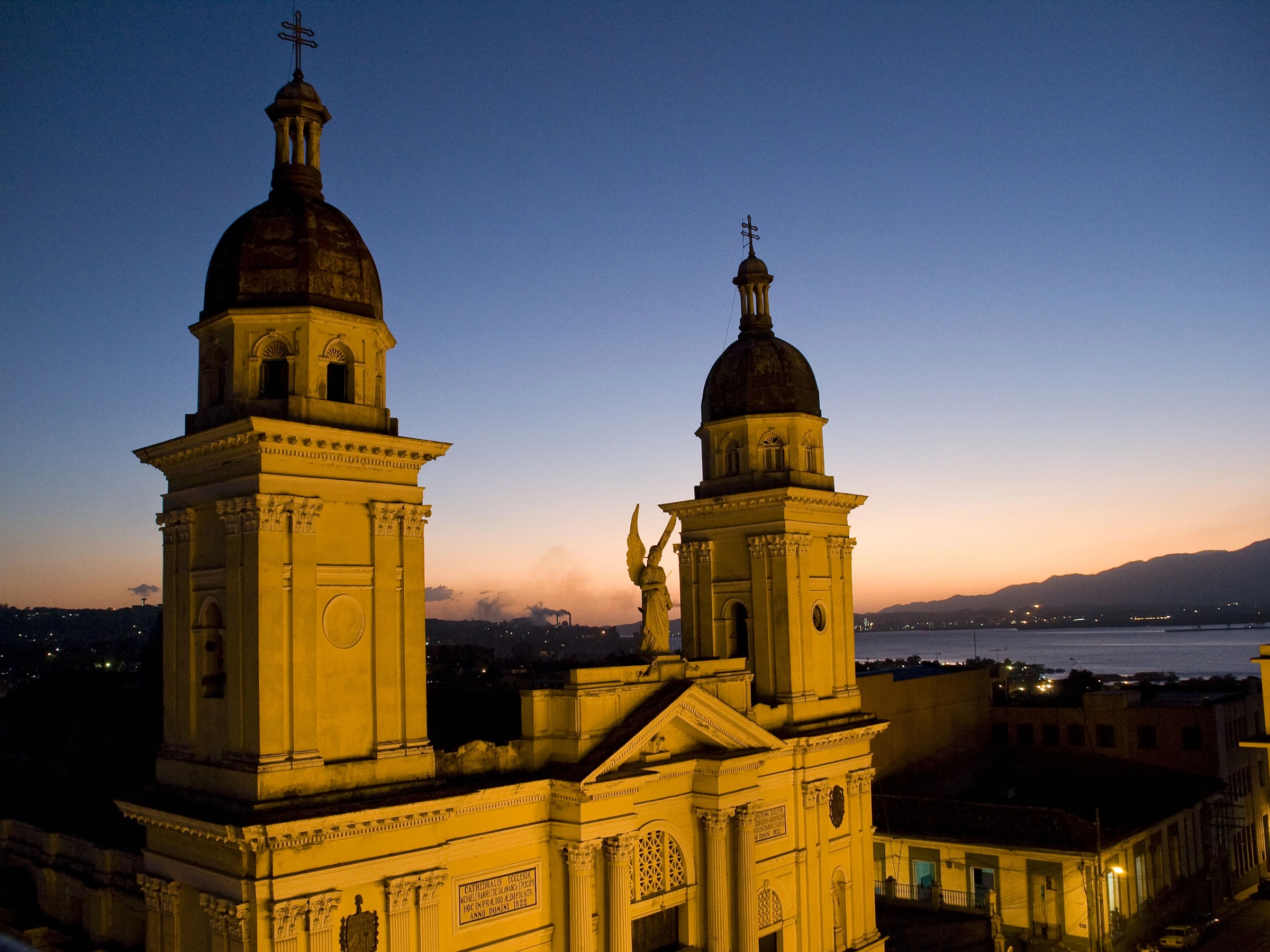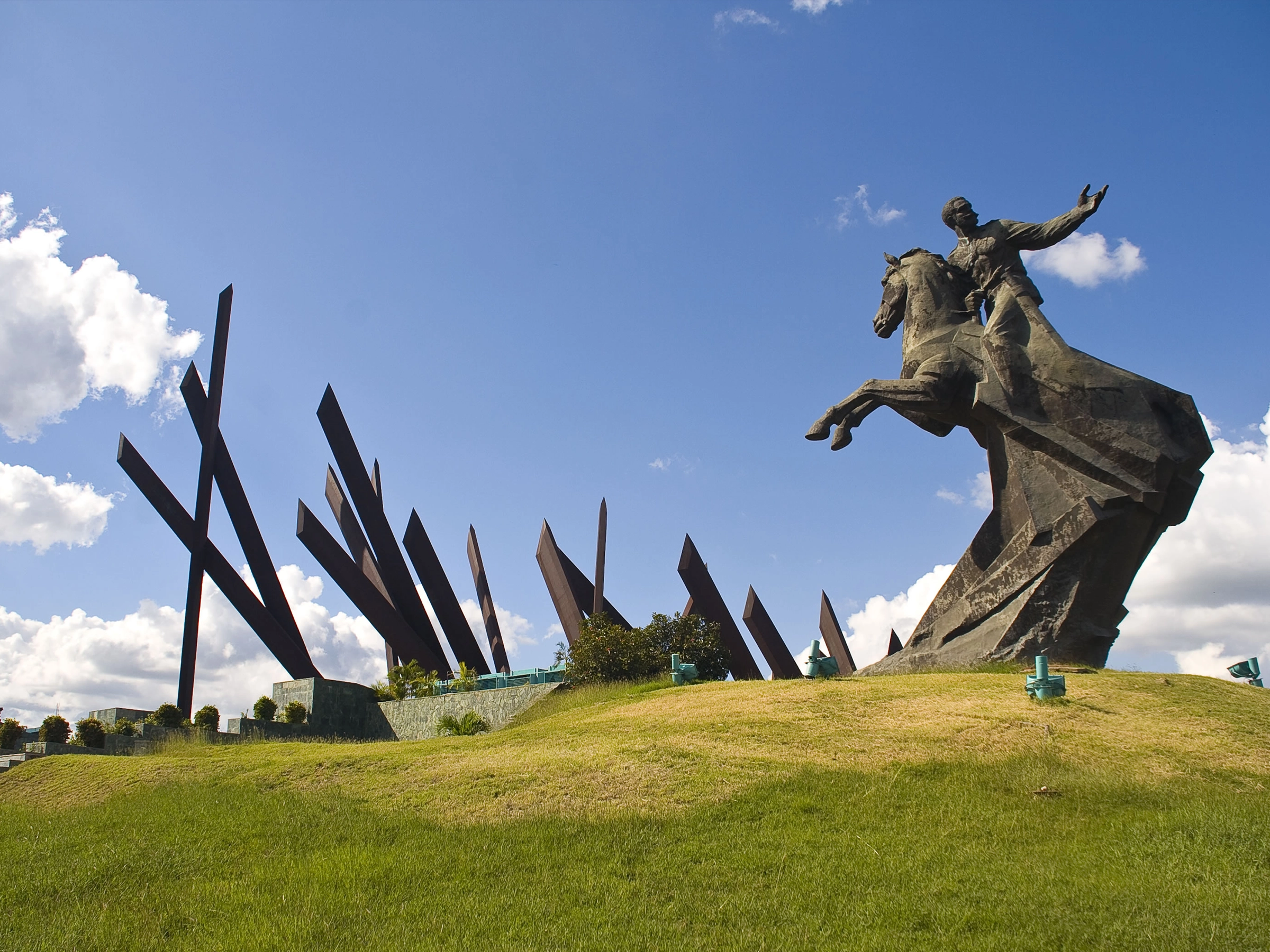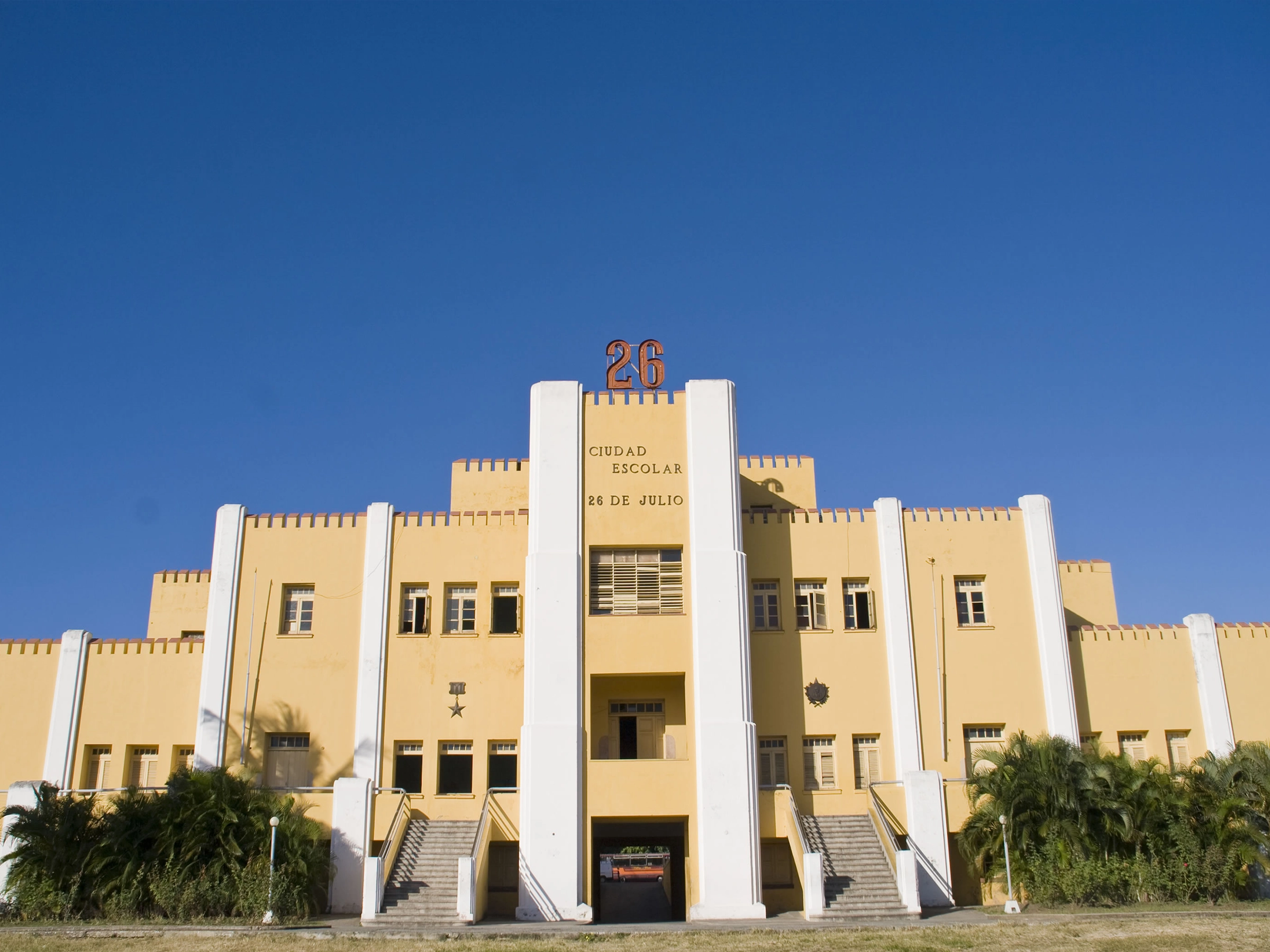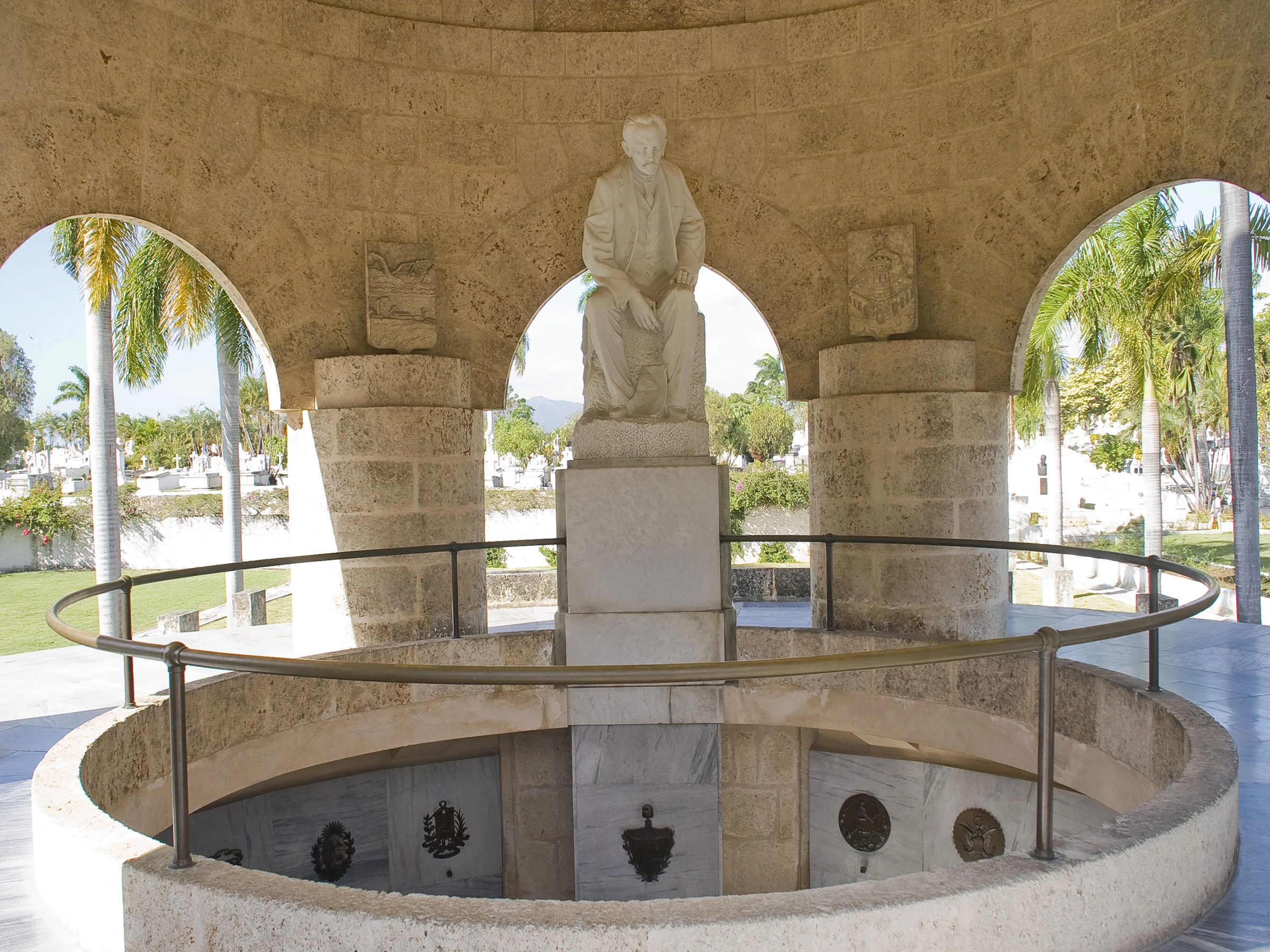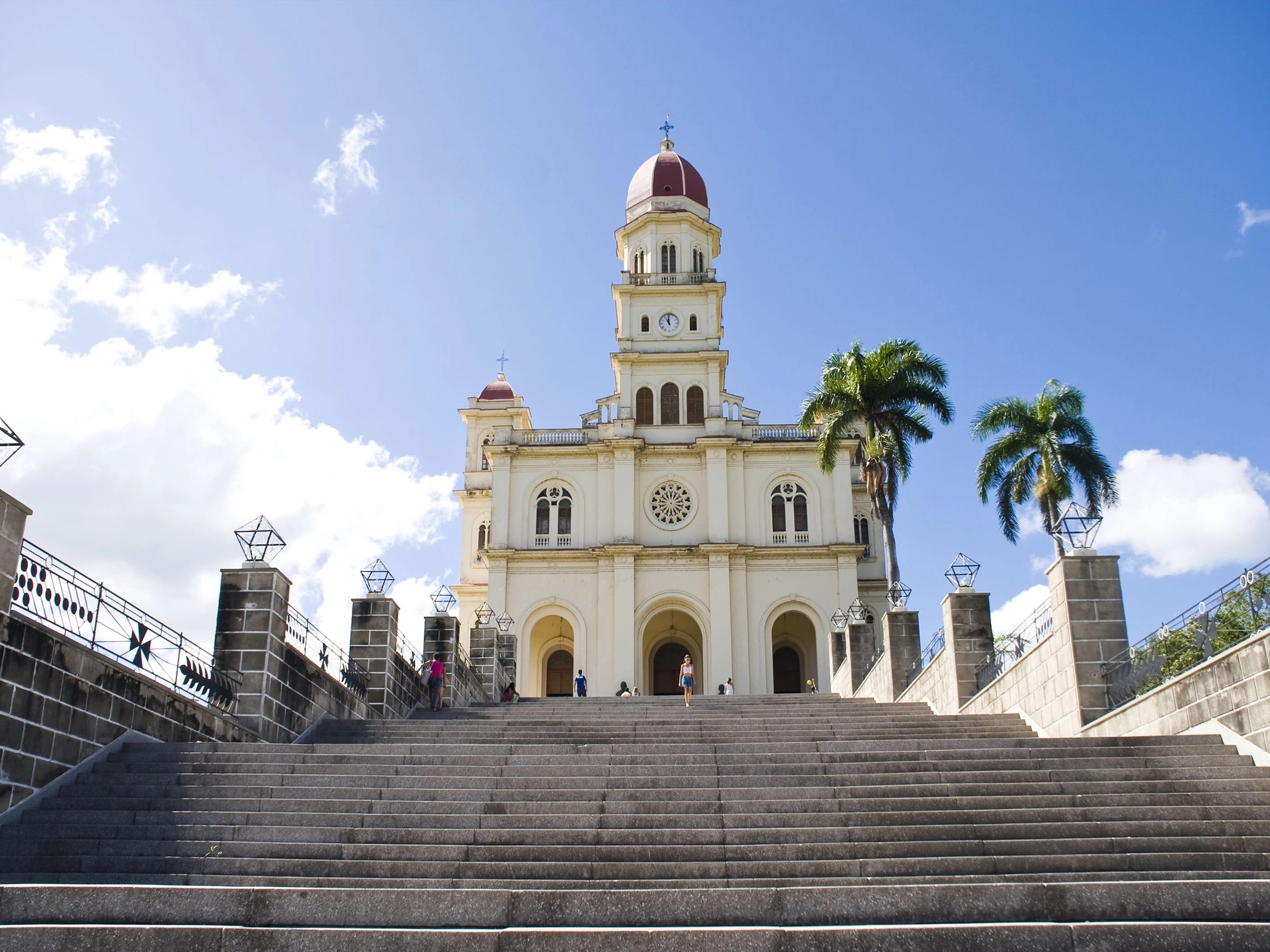Santiago de Cuba, located in the western part of the country, is among the most notorious cities in the island. By orders of the king of Spain, the village was founded in July, 25th 1515 to honor Santiago Apostol (James the Apostle). Immediately, the region hosted most of the officials of the Spanish government. Subsequently, many important institutions, such as the bishopric, resettled in the village. Indeed, Santiago de Cuba was the first capital of the country until 1556.
Economically, the region started flourishing thanks to the imminent production and exports of gold; along with the trade through its port.
As well, during the Independence Wars, Santiago the Cuba played a major role; therefore, it is known as the “Hero City”.
Accommodation
Santiago de Cuba is prominently equipped to welcome its several visitors.
Definitely, one may opt for a hotel sojourn that will provide some comfort and luxe. Additionally, the location should either set you in a city hotel, a resort at the beach or closer to nature.
Another interesting alternative would be to stay in a “casa particular”. Unquestionably, householders have found the way to settle clients in a warm environment surrounded by the most authentic amenities.
What to do in Santiago?
First of all, the colonial area of the Capital city, shows some opulence in architecture. Undoubtedly, the main square, “Parque Céspedes”, is a good point to start your journey. The area reveals imposing constructions such as the Cathedral, the house of Diego Velázquez (Spanish conqueror and founder of the first villages) today known as a museum, or “el Balcón de Velázquez”, a terrace that offers wonderful views of the city and its bay.
On the other hand, representing authentic symbols of the city, you will find the stairs street named “Padre Pico” that leads the way to “El Tivoli”, a very renown neighborhood. “El Tivoli” was founded by French emigrants that were escaping from the rebellion in Haiti, hence the area is very peculiar in its design, traditions and idiosyncrasy.
Moreover, you should take some extra time to visit “El Castillo de San Pedro de la Roca”, a magnificent fortress, that reminds us of the European cliffs, yet it offers gorgeous views of the Caribbean Sea. The area was declared World Heritage by UNESCO. Certainly, the place will offer some peace and tranquility, while enjoying the coastline.
Right at the entrance of Satiago de Cuba’s bay, there is an authentic stop: Cayo Granma. The cay is a small fishing town only accessible by boat. Nevertheless, the area is surrounded by the most natural environment, with a wonderful beach and excellent views from the its church located at the peak of a mountain. Additionally, the architecture of the houses is rather typical and quaint, since they are mostly located in the water.
It is impossible not to make a reference to Santiago when rebuilding the Cuban history. The province played a decisive role in the 50s, during the war against the dictatorship. Particularly, one of the most impressive examples is the Moncada Barracks, today a museum, that was assaulted by the Cuban rebels lead by Fidel Castro in 1953.
Unquestionably, very few places, in Cuba, may equal the solemnity of the Cemetery Santa Ifigenia. The place is the final home of the most emblematic Cuban patriots such as; Carlos Manuel de Céspedes, José Martí and Fidel Castro. The cemetery also offers a great tribute to other important personalities and exposes beautiful sculptures and monuments. Every year it is visited by travelers that want to honor the Cuban martyrs and heroes.
Access
Santiago de Cuba offers the services of the International Airport that also handles domestic flights. Still, the province is also accessible by land, you can come in a bus, taxi or in a rental car.
